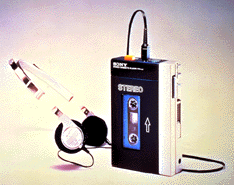
Walkman TPS-Lfrom Sony History
 Walkman TPS-Lfrom Sony History |
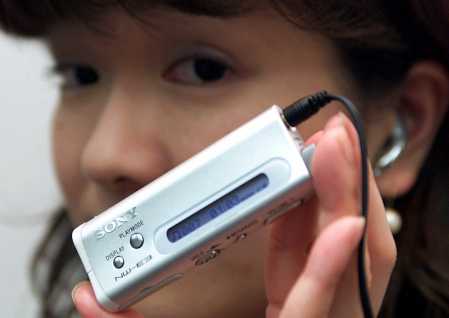 Sony employee Fumie Kagaya displays Sony's new pocket lighter-size network Walkman "NW-E3"in Tokyo Wednesday, May 17, 2000. Using a software application, the Walkman can record a maximum of 80 minutes of music from CD or from an electronic music distribution service in the built-in flash memory. (Sony photo May 2000) |
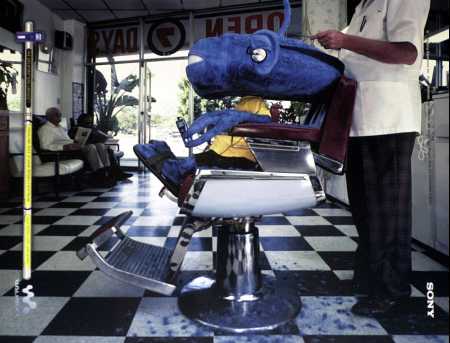 An alien gets a haircut in a Sony Electronic's Walkman advertising campaign handout photo. (Sony photo May 2000) Sony |
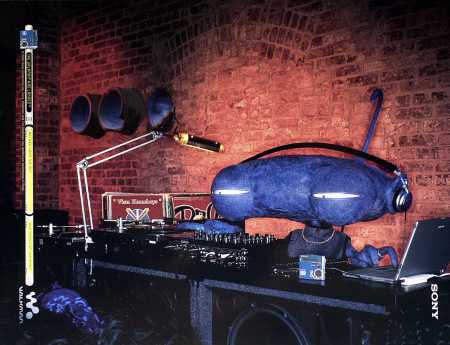 Walkman display (Sony photo May 2000) |
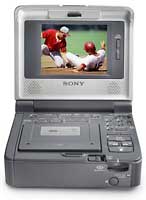 Sony introduced a tiny DV Walkman VCR at CES in Las Vegas Jan. 17, 2002. Similar to a standard VCR, the GV-D1000 MiniDV Video Walkman VCR is a fully functional playback and recording deck. Using the same MiniDV tapes found in MiniDV Handycam camcorders, users simply insert a cassette and view video on the 4-inch LCD monitor or connect to a television set for full-size viewing. (Sony photo 2002/1/17) |
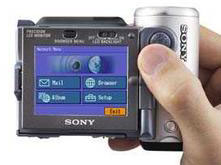 Sony introduced new micro-sized camcorders at CES in Las Vegas Jan. 17, 2002. The company calls its DCR-IP5 and the DCR-IP7BT Handycam camcorders the world's smallest and lightest full-function digital camcorders. (Sony photo 2002/1/17) |